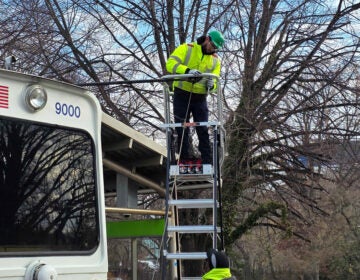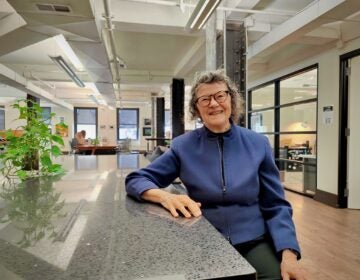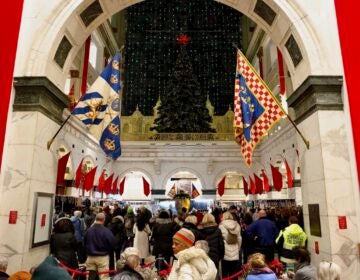Doll museum embodies passion for history, hope for future
-
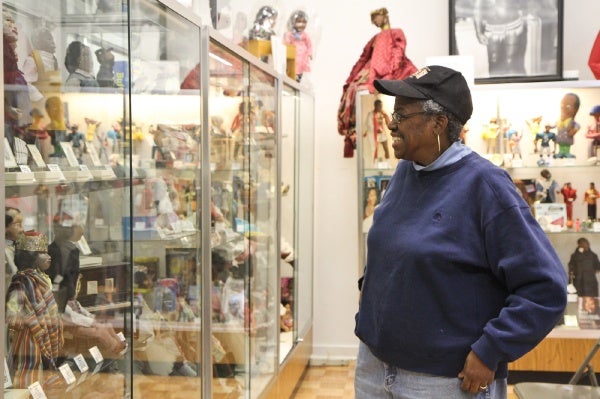
<p>Barbara Whiteman is the executive director of the Philadelphia Doll Museum on the 2200 block of N. Broad Street in Philadelphia. (Kimberly Paynter/for NewsWorks)</p>
-
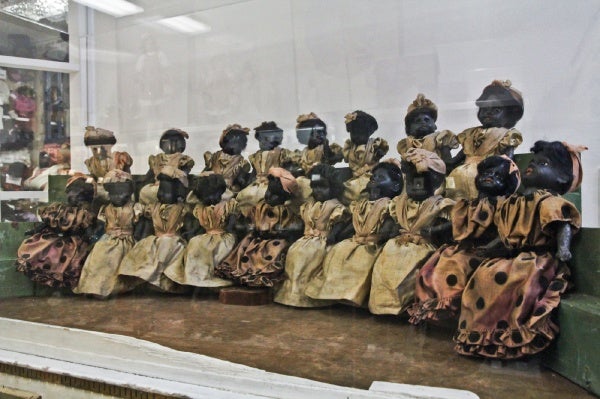
<p>Little is known about these dolls except that they are over 100 years old and probably French or German in origin. Whiteman calls them "the choir." (Kimberly Paynter/for NewsWorks)</p>
-
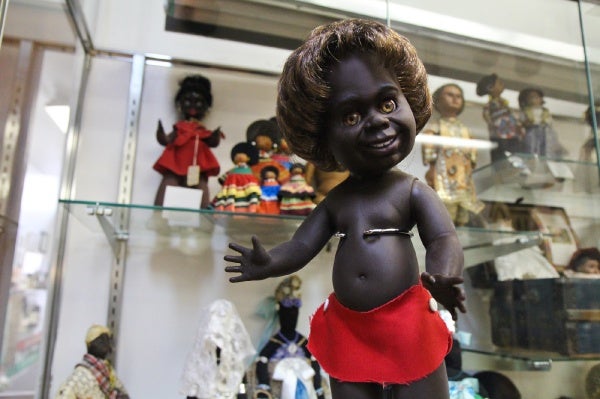
<p>This "Bindi" doll is meant to represent the aboriginal tribes of Australia. (Kimberly Paynter/for NewsWorks)</p>
-
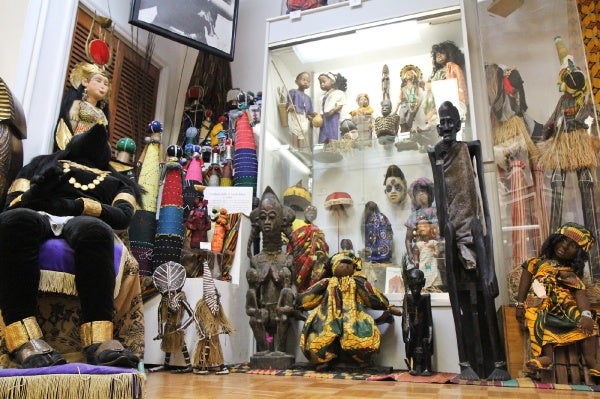
<p>One section of the museum's main room houses many dolls from different cultures in Africa. (Kimberly Paynter/for NewsWorks)</p>
-
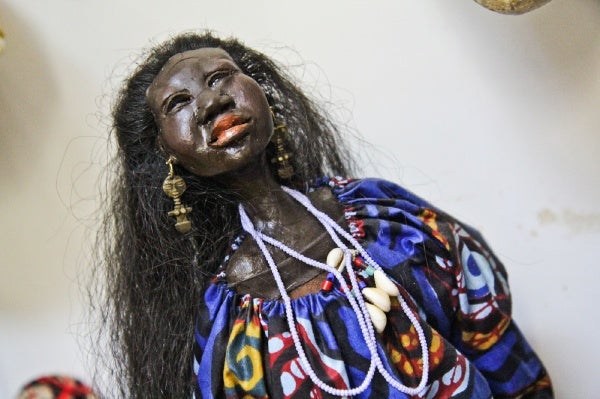
<p>This African doll was designed by Marsha Taylor of Michigan. (Kimberly Paynter/for NewsWorks)</p>
-
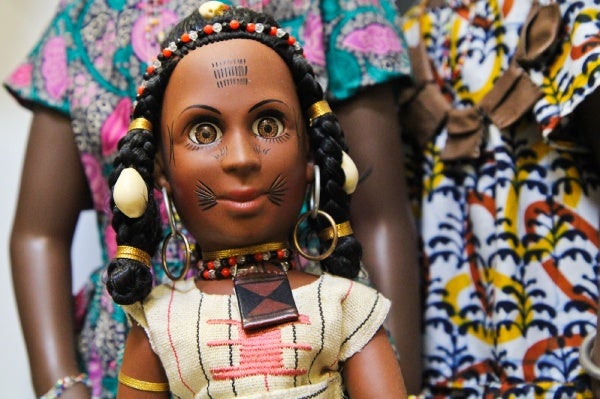
<p>Tribal Doll Inc. created this West African Fulani wedding doll, which is paired with an educational video. (Kimberly Paynter/for NewsWorks)</p>
-
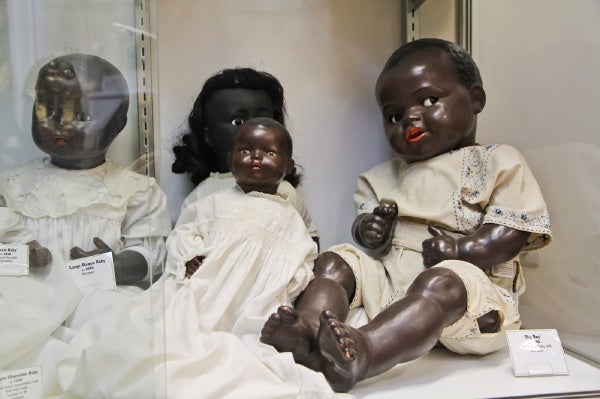
<p>"Big Boy" is a German baby doll that Whiteman says is favored by many doll museum visitors for his filrtatious eyes. (Kimberly Paynter/for NewsWorks)</p>
-
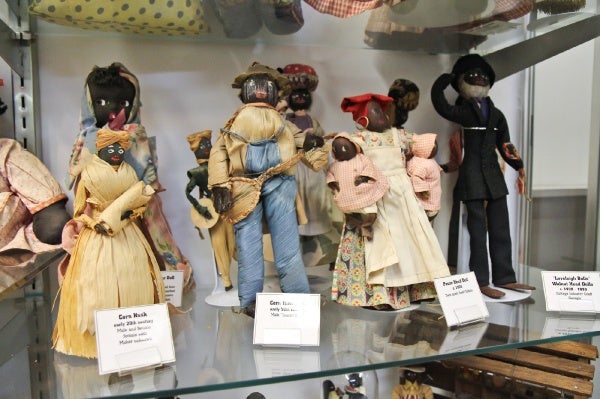
<p>These American folk dolls date from the 1920s and are made from everyday materials. (Kimberly Paynter/for NewsWorks)</p>
-
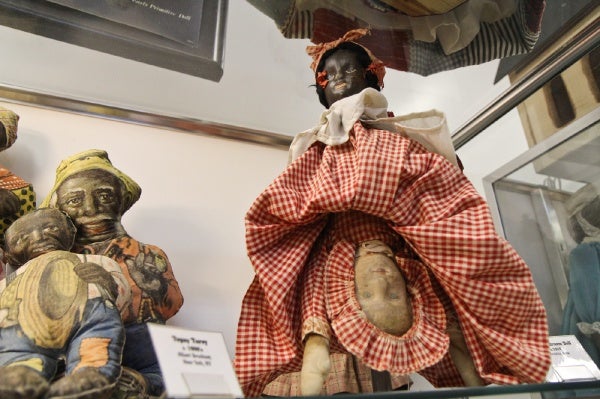
<p>This topsy-turvy doll dates back to the early 1900s. There are many theories about the purpose of a two-in-one doll, but Whiteman says no one knows for sure. (Kimberly Paynter/for NewsWorks)</p>
-
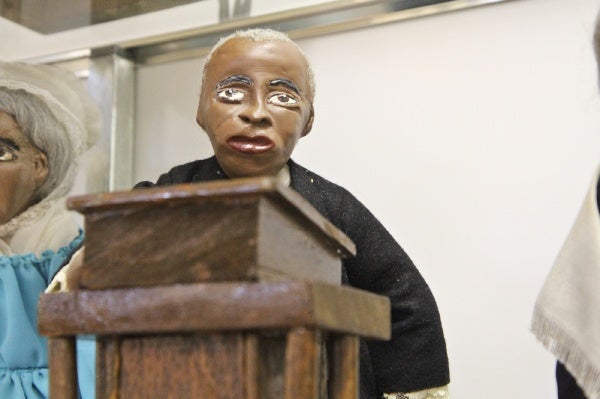
<p>This doll from the Roberta Bell Collection is modeled after Richard Allen, who founded the first African Methodist Episcopal Church in Philadelphia in the late 1700s. (Kimberly Paynter/for NewsWorks)</p>
-
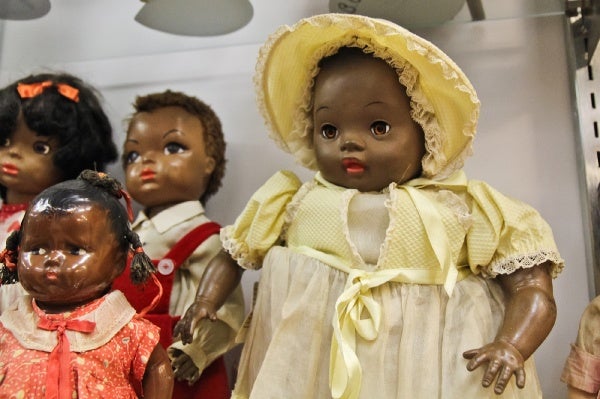
<p>Barbara Whiteman says that "Saralee," from the 1950s, was the first doll designed to have actual ethnic features and not just a dark skin color. (Kimberly Paynter/for NewsWorks)</p>
-
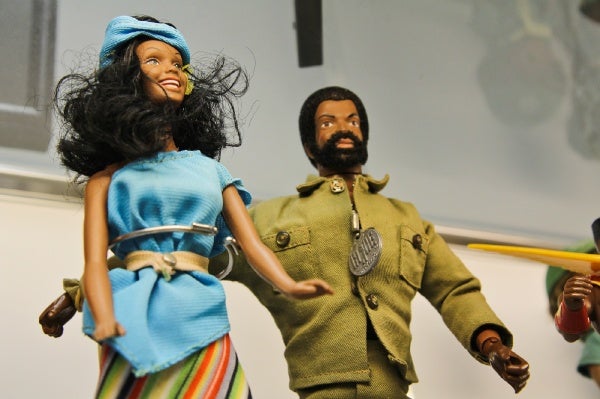
<p>Whiteman says that it may look like G.I. Joe is making a move on Disco Wanda, but really his arm is just stuck that way. (Kimberly Paynter/for NewsWorks)</p>
-
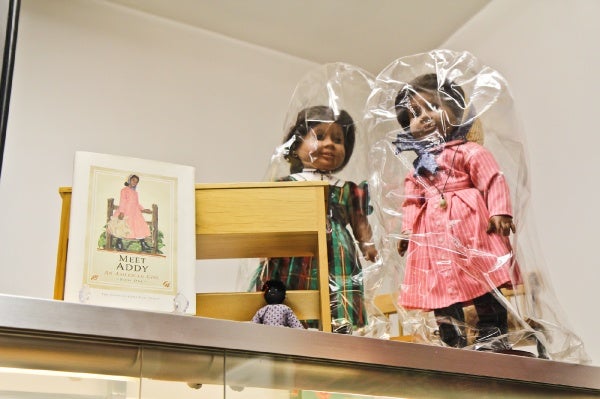
<p>"Addy" is part of the American Girl series of dolls. Whiteman uses her story of escaping slavery to Philadelphia to teach visitors about the city. (Kimberly Paynter/for NewsWorks)</p>
-
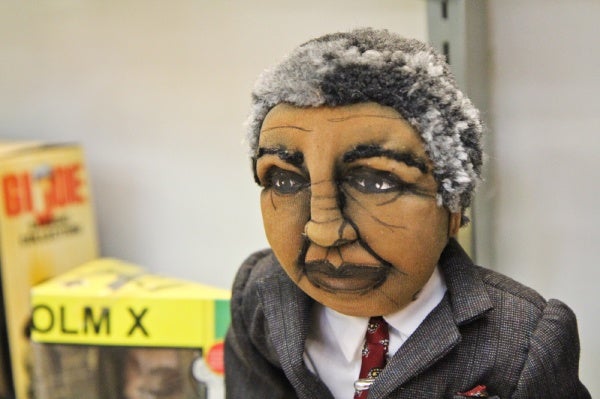
<p>This cloth Nelson Mandela doll resides in a display case with other celebrity dolls and dolls of the Civil Rights movement. (Kimberly Paynter/for NewsWorks)</p>
-
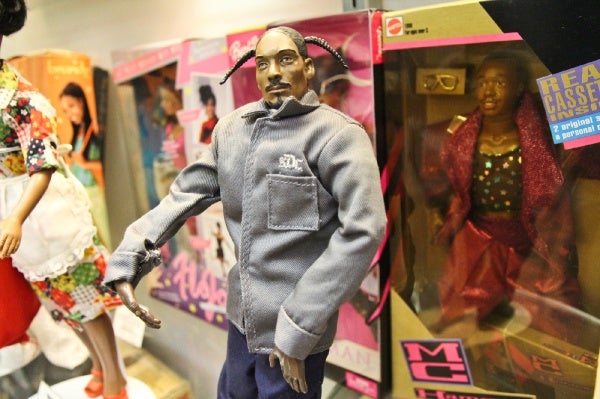
<p>Celebrities such as Snoop Dogg and M.C. Hammer have found a place at the doll museum. (Kimberly Paynter/for NewsWorks)</p>
-
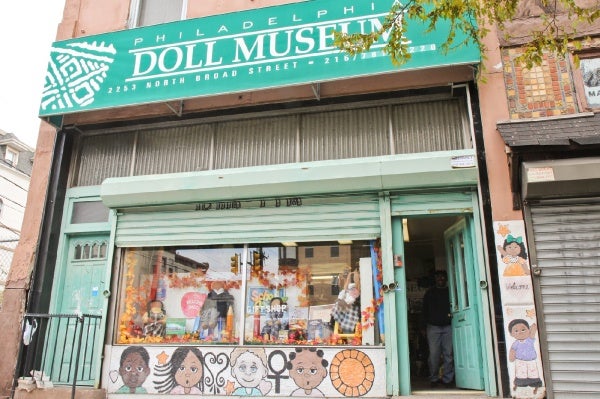
<p>Located at 2253 N. Broad Street in Philadelphia, this museum aims to relate history through dolls. (Kimberly Paynter/for NewsWorks)</p>
-
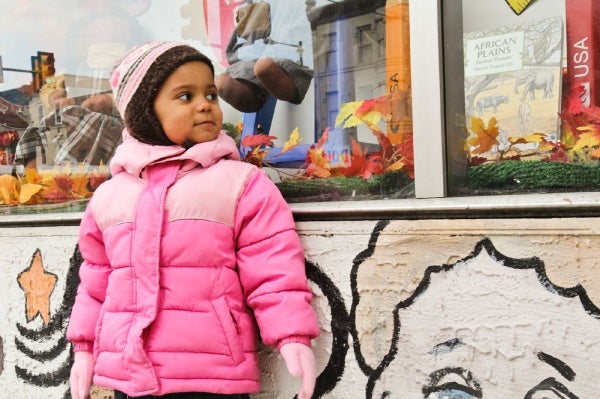
<p>Jayla Johnson, 3, who plays with dolls of her own, stares into the Philadelphia Doll Museum on N. Broad Street. Her mom promised her they'd be back for a visit another time. (Kimberly Paynter/for NewsWorks)</p>
Recent talk of development along the north corridor of Broad Street has one of the area’s cultural mainstays cautiously hopeful to attract more visitors, but the Philadelphia Doll Museum has been let down before.
“Things have happened, things have not happened,” said Barbara Whiteman, executive director of the museum at 2253 N. Broad St. In the 12 years she’s run the museum in its present location, the promise of redevelopment in the neighborhood has gone unfulfilled.
Whiteman’s interest in Black history and culture has led her to collect over 300 dolls as a way of telling stories that “symbolize the struggle for freedom and human dignity,” she said. “We’re not playing with dolls here. We’re trying to build an institution.”
The collection ranges from Australian Aboriginal dolls to American hand-made folk dolls and Michael Jackson action figures.
Whiteman started the museum in 1988, operating out of her home in the West Oak Lane neighborhood of Philadelphia until she began to feel overrun by the artifacts. She moved the collection to her North Broad location, where she presents history lessons with the dolls for school field trips and adult tourists.
Whiteman says she is excited that the Delaware Valley Regional Planning Commission recently added the Philadelphia Doll Museum to its African American Heritage Trail. She’s also been encouraged by the acclaim of Marc Vetri’s North Broad restaurant Osteria and by the sale of the nearby Divine Lorraine and Metropolitan Opera House to developers.
She hopes the community will one day see the creation of a hop-on/hop-off tour bus, like the city’s Phlash, that would bring more visitors to North Broad.
Whiteman thinks many see the neighborhood as just “Temple Town,” but she said she doesn’t mind a bit. “I have a passion for culture and history. We’re an educational community.”
WHYY is your source for fact-based, in-depth journalism and information. As a nonprofit organization, we rely on financial support from readers like you. Please give today.


